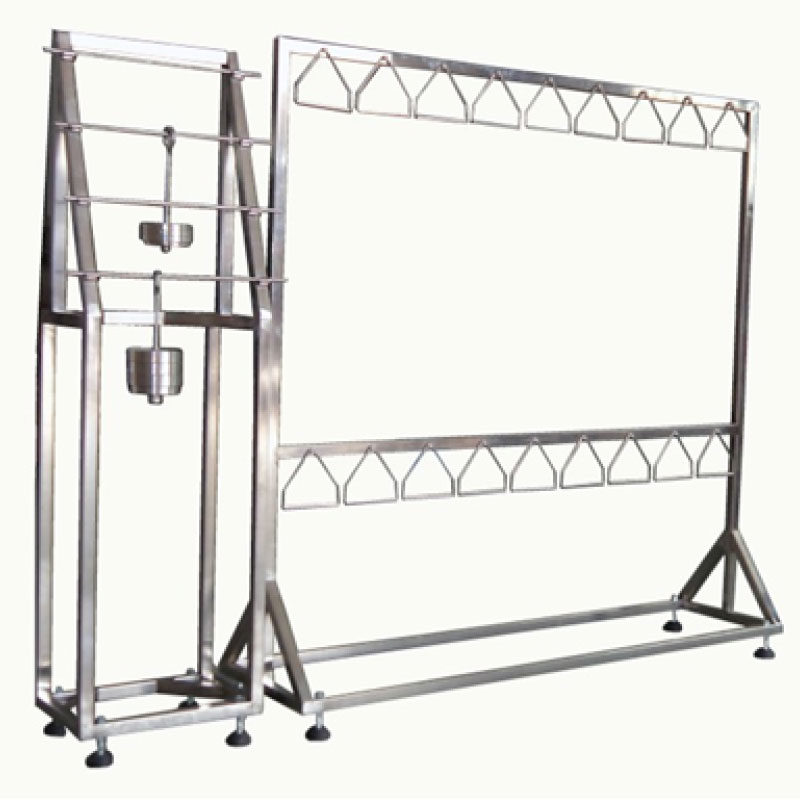Application
Knitted Fabric Stretch Recovery Tester, to determine the stretch properties of knitted fabrics from stretch yarns under a specified tension and extension, including constant load test frame and constant extension test frame.
Standards
ASTM D2594
Weight
50 Kg
Dimensions
900 x 300 x 1500 mm (Packing, H x L x W)



